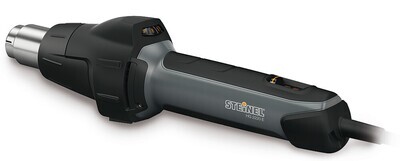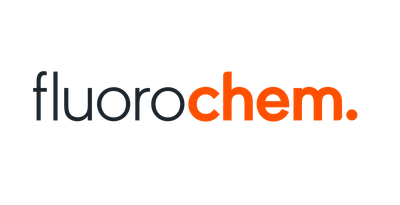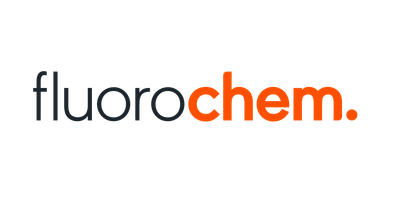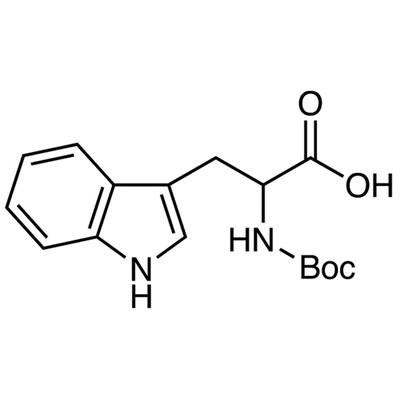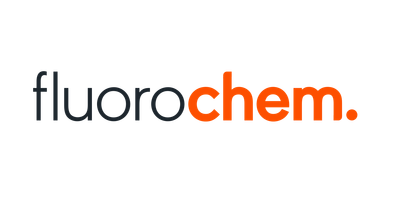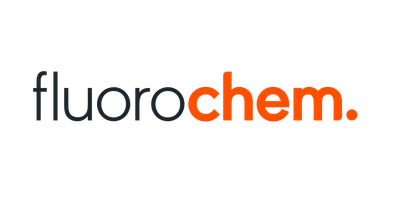L(+)-Ascorbic acid 99 %, Ph.Eur., USP, BP 25 Kilogram
L (+)-Ascorbic acid, also known as vitamin C, is an essential nutrient that plays a crucial role in various biological processes in the human body. It is used as a dietary supplement and is also frequently used in the food and cosmetic industry.
L (+)-Ascorbic acid has numerous health benefits. It is a powerful antioxidant that helps to neutralize free radicals in the body, allowing it to reduce cellular damage and strengthen the immune system. It also plays an important role in the synthesis of collagen, a protein that is essential for skin health, bones, teeth and blood vessels.
In addition, L (+)-ascorbic acid also has a positive effect on the absorption of iron from vegetable sources, so that it can help prevent anemia. It can also lower blood pressure, improve the health of the heart and reduce the symptoms of a cold.
Safety instructions with regard to L (+)-Ascorbic acid are important to minimize possible side effects. Although it is generally considered safe, high doses L (+)-ascorbic acid can cause stomach complaints, diarrhea or nausea in some people. It is therefore important not to exceed the recommended daily dose.
In addition, L (+)-ascorbic acid can influence the absorption of certain drugs, such as blood thinners and certain antibiotics. It is therefore advisable to consult a doctor before using L (+)-ascorbic acid, especially if you are already using medicines.
When using L (+) ascorbic acid in the food and cosmetic industry, it is important to ensure correct dosage and formulation. Excessive use can influence the taste, texture or stability of foods and cosmetic products. It is therefore essential to follow the guidelines and recommendations of the relevant authorities and branch organizations.
In short, L (+)-Ascorbic acid is a valuable nutrient with numerous health benefits. It can help in strengthening the immune system, promoting skin health and improving overall health. However, it is important to follow the safety instructions and, if necessary, to consult a doctor to prevent possible side effects and interactions with medicines.
Pay attention: the text and danger designation are only intended and may are not considered the actual information. Lab-O-Rama accepts no liability for the incorrect use of this information or the consequences thereof. For accurate and specific information, users must consult the Material Safety Data Sheet (MSDS) that is automatically provided after the successful placement of an order, can be downloaded or requested through our customer service. You must always adhere to national and international regulations for the correct application of a substance.
P sentences:
- P101: keep available when gathering medical advice, the packaging or the label.
- P102: keeping children out of reach.
- P264: Wash thoroughly after working with this product.
- P270: Do not eat, drink or smoke while using this product.
- P301+P312: After swallowing: In the event of unwell, feel an antigifcentrum or a doctor.
- P302+P352: With skin contact: wash with a lot of water and wash.
- P305+P351+P338: When eyes contact: gently rinse with water for a few minutes; Remove contact lenses if possible; keep rinsing.
- P337+P313: In persistent eye irritation: consult a doctor.
- P501: Dispose of content/packaging to a recognized waste processing company.
H-sentences:
- H302: harmful when swallowing.
- H315: causes skin irritation.
- H319: causes serious eye irritation.
- H335: can cause airways irritation.
- H400: very toxic for organisms living in the water.
- H410: very toxic for organisms living in the water, with long-term consequences.
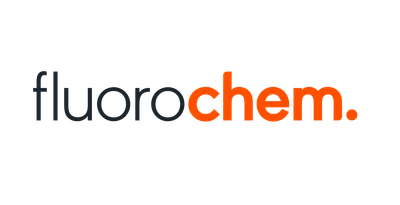
![(4R)-4-[(1S,2S,5R,7R,10R,11S,14R,15R,16S)-5,16-dihydroxy-2,15-dimethyltetracyclo[8.7.0.0^{2,7}.0^{11,15}]heptadecan-14-yl]pentanoic acid, 99.5%, 25g (4R)-4-[(1S,2S,5R,7R,10R,11S,14R,15R,16S)-5,16-dihydroxy-2,15-dimethyltetracyclo[8.7.0.0^{2,7}.0^{11,15}]heptadecan-14-yl]pentanoic acid, 99.5%, 25g](https://d2j6dbq0eux0bg.cloudfront.net/images/88473019/4763059273.png)
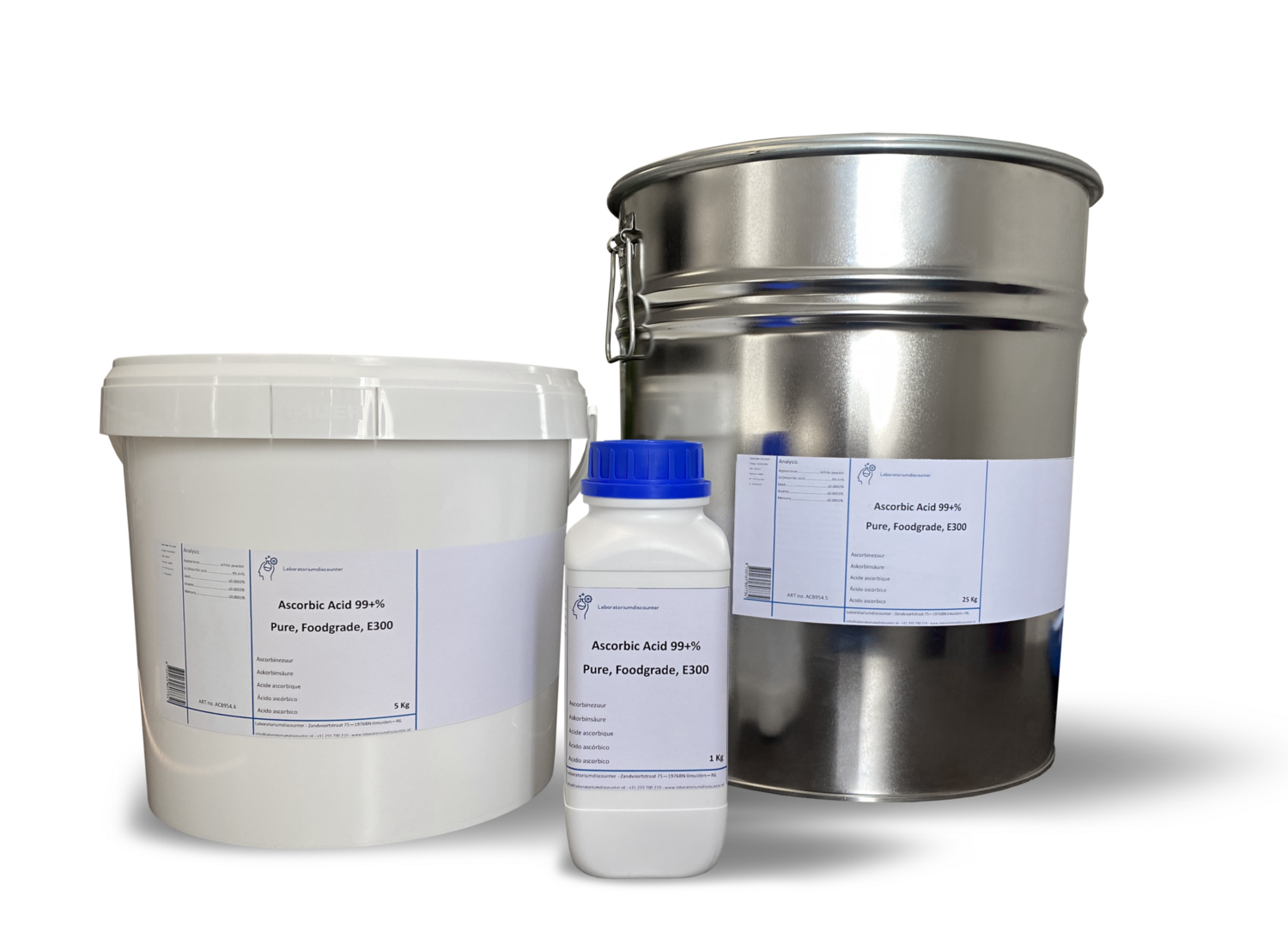
![7-Fluoro-2H-benzo[b][1,4]oxazin-3(4H)-one, 95.0%, 5g 7-Fluoro-2H-benzo[b][1,4]oxazin-3(4H)-one, 95.0%, 5g](https://d2j6dbq0eux0bg.cloudfront.net/images/88473019/4782661722.png)

